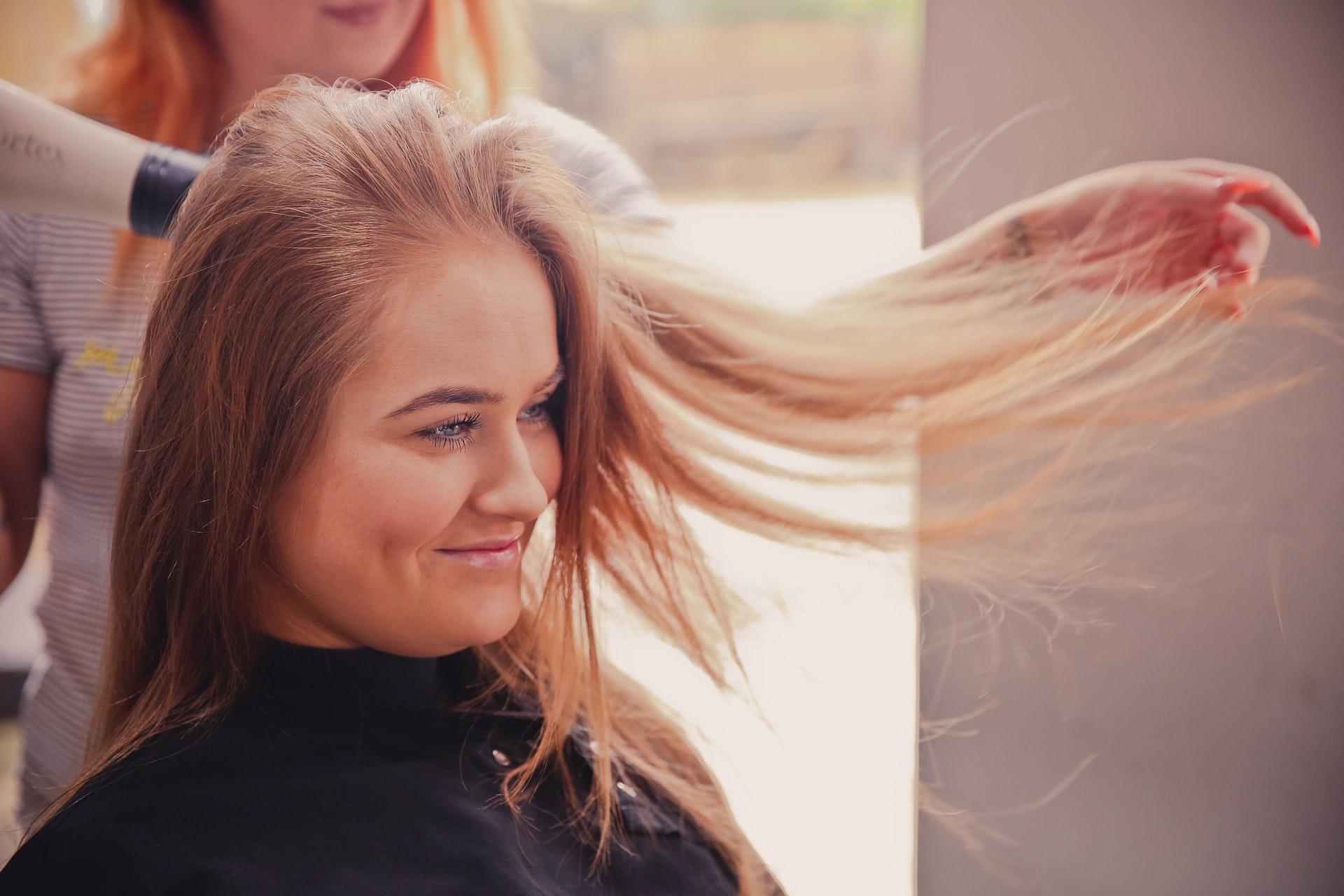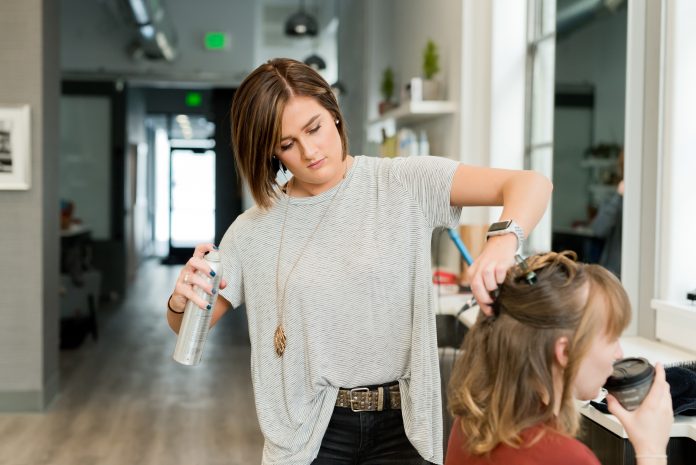Ten years ago, the hair care product industry was comfortable and familiar. Stylists stood faithfully by their salons, salons ordered exclusively from professional hair brands, and consumers only sourced quality products through their stylist.
But in the past ten years, the game has flipped on its head. Stylists have become free agents and influencers, salons serve as spaces that simply attract customers now, and consumers can buy their own professional hair color online.
I’ve been seeing an unprecedented move away from this historical model towards a future driven by omni-channel distribution and digital engagement
But how did the last few years upend a decades-long model? Where does this leave hair care brands in 2020 and beyond?
About Nicolas Krafft
Nicolas Krafft has over 20 years of experience in the professional beauty industry. With international brand expertise across Europe, Asia, and the Americas, Nicolas has a proven track record in brand building, business development, sales, and marketing. He worked for more than a decade on L’Oréal brands like Kérastase, Matrix, and Biolage, and lately on the indie brand Pulp Riot.
A new twist on the historical haircare model
The historical haircare model was B2B2C. Haircare product brands sold to salons (B2B), which then sold products to consumers (B2C). This system worked beautifully for decades, but with changes in consumer preferences and technology, what worked decades ago just can’t work today.
While I operated for many years under this historical model, things are very different in 2020. Let’s dig into how these changes affect the haircare industry at large.
- Beauty brands
Historically, beauty brands were responsible for innovation. Their labs created products and pushed the boundaries of possibility, largely because they were the only players with the funds to do so. Big brands would then sell their products to salons through large sale forces and train the hairdressers through a network of affiliate trainers. Both created large barriers to entry for newcomers.
Now, however, beauty brands are no longer the sole innovation driver. Hairstylists are innovating much more quickly, some launching their own brands other, other share their newest techniques online and become major industry influencer with audience larger than the traditional brands
- Beauty supply stores
In the old model, beauty supply would sell and deliver haircare products to salons and independent stylists in the region they cover through their sales force and store networks– mostly through exclusive agreements. But exclusivity is a thing of the past as big brands become available online., either through large e-retailer on dedicated e-commerce platforms. Now, the best beauty supply distributors need to attract and build new, exciting indie brands, work hard to sign exclusive agreements with them and provide added value beyond the ‘last mile ‘logistics.

- Salons
Traditionally, salons employed and trained hair stylists, would attract customers, purchase products and pay the stylists a commission on service performed and on professional products sold exclusively in salons. Today, customers know they don’t have to go to the salon. If a customer wants a certain type of shampoo, she can likely buy it online or together with her make-up and skincare at a beauty store.
At the same time more and more younger stylists want to work independently.
They rent booths instead of working as a salon employee, build their clientele through social media and follow tutorials online. This has been present in parts of the salon for a long time and is reaching Europe. In France for example the number of independent stylists has been multiplied by 7 between 2009 and 2017. In the UK close to 50% of the stylists below 35 years are working freelance.
Traditional salons are less and less the gatekeepers of the industry.
- Hairdressers
In the past, hairdressers depended on salons to get customers and training.
But today, hairdressers don’t need a salon to find customers. Much of a stylist’s work can be learned online, on social media or through tutorials, and they can purchase professional products online now, too. Thanks to the proliferation of social media like Instagram and TikTok, stylists create their own brand and attract customers on their own.
The new generation of stylists no longer wants to attend hours of top down classes. Millennials have a much shorter attention span so training has to adjust to become short and entertaining.
- Consumers
Historically, consumers completely relied on their stylist for recommendations, product access, and even education. But with smartphones and social media, consumers can self-educate, removing their reliance on stylists.
Today’s consumers are more educated. They have access to an almost unlimited number of platforms to buy haircare products. If they want to learn how to cut, dye, or style their own hair, YouTube and Instagram are the answer.
Why the change?
It’s clear that the role of haircare professionals is changing quickly as product and information access are democratized in 2020.
But why did these changes happen in the first place? The industry certainly didn’t change overnight. I believe three major factors contributed to this new model in the haircare industry.
- Digital transformation
In the past, salons had something of a monopoly over the professional haircare industry. But increased competition redistributed the balance of power, giving consumers more choice.
eCommerce gives consumers the power to deliver professional products to their door every month. Where does that leave big haircare product companies? In a reality where consumers don’t buy products at salons, big brands are turning into media brands.
Smaller, indie hair care brands are bypassing salons now, too, selling direct-to-consumer (D2C). Since small brands bypass the middleman and ship straight to consumers, they enjoy bigger margins and a growing market share. They engage a captive audience directly on social media.
How can salons and stylists cut through the competitive landscape? The answer is simple: service.
In a world where customers can buy professional haircare products online, they aren’t buying conditioner at the salon. So, why are salons getting foot traffic in 2020? Consumers are still frequenting salons because they care about service. In fact, 66% of customers care more about their experience than they do about price. Salons that master customer experience will win big in this new model.
- Stylist education and habits
Stylists were once trained in exclusive techniques by the big haircare brands. But that’s an outdated method that limits stylists’ potential.
Today, stylists aren’t relying on big haircare brands for their education. They’re learning techniques via social media, and even from celebrity influencers with cult-like followings. The content isn’t purely educational, either. Scroll through a few haircare Instagram accounts and you’ll see a fair amount of entertainment, too.
Because stylists self-educate in 2020, they’re less reliant on salons to source clientele. That means stylists have a lot of options for professional development, leading to a wider skill set that doesn’t lend itself to brand loyalty. If you are a student and want to write a Dissertation or thesis. You can get topic ideas from here: Fashion and Culture Dissertation Topics.
- Distribution channels
The last factor I believe has the haircare industry for good is a wider array of distribution channels. Previously, consumers could only purchase products through salons, which could only buy products directly from beauty stores or the brands themselves.
Today, it’s a different story. Salons don’t have exclusive access to professional products anymore. Customers who want professional products don’t have to seek out a brand-specific salon—they can just buy it online or at the closest Ulta store.
To add another layer of complexity to 2020’s distribution puzzle, customers have access to professional, personalized color thanks to technology. Brands like Madison Reed deliver personalized, professionally-mixed hair color to consumers’ doorsteps.
The bottom line
But these changes are far from the death knell for haircare brands. Disruption happens in every industry, and haircare was overdue for an overhaul.
Instead of fighting to preserve an old model, I say we should go with the disruption. In 2020 and beyond, brands must become media producers to communicate directly to the stylists and the consumer. If you can’t beat them, join them: redesign your model to flow with industry-wide disruption so you grow without the pains.








![“Does Everyone Hear Me OK?”: How to Lead Virtual Teams Effectively iStock-1438575049 (1) [Converted]](https://www.europeanbusinessreview.com/wp-content/uploads/2024/11/iStock-1438575049-1-Converted-218x150.jpg)

























